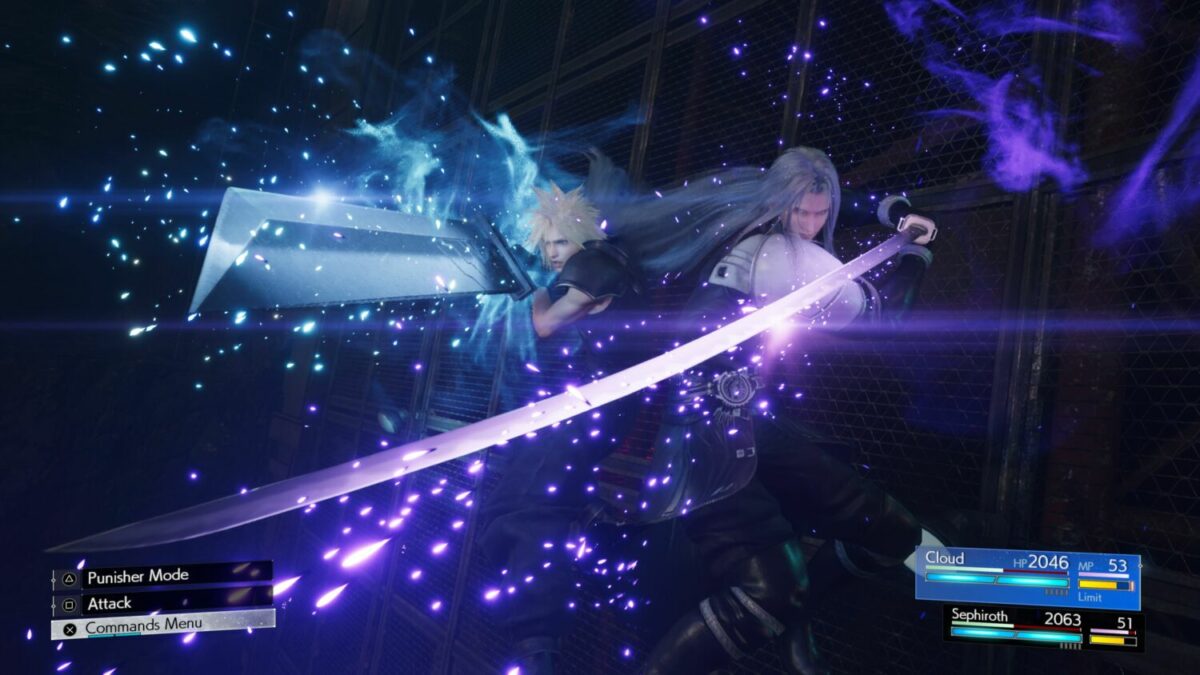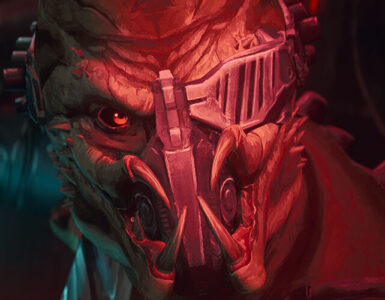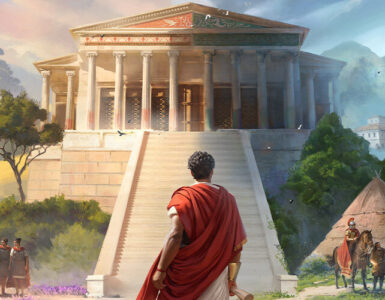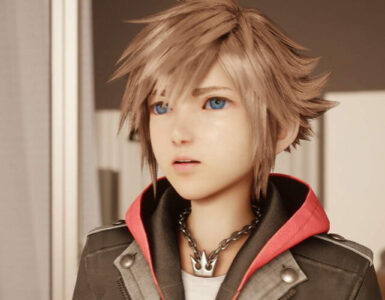This interview has been edited for clarity.
Final Fantasy VII Rebirth, the sequel to Final Fantasy VII Remake – the modern remake of the 1997 classic – has very big shoes to fill. The original was a phenomenal success across several fronts, and the follow-up is expected to bring new twists to a classic, beloved tale. And now that the high bar’s been set, the ball is back in Square Enix’s court to elevate the experience, relive the nostalgia, and embrace more novelty – all while shooting for the stars.

It’s a daunting task, one that’s rooted in this limbo between the past and the present. As with Final Fantasy VII Remake and other titles of similar nature, the highly-anticipated sequel will feature both familiar and new elements in the areas of combat, exploration, and of course, story (even as much of it remains under wraps). Several non-playable characters in the original 1997 adventure can now be controlled, such as Cait Sith and Red XIII, while others, such as the red-caped Vincent Valentine, while revealed in the latest trailer, are still up in the air, and players can expect the brand-new addition of synergy moves in the battle system.
The mechanic allows for the use of synergy commands and abilities freely at any time by using up a gauge charge in a similar manner to Limit Breaks, but its relevance extends beyond just combat. Part of the reason for its inclusion stems from the deep camaraderie between Cloud and his companions, including Barret, Aerith, and Tifa.
“It might be a little surprising, but we didn’t actually start with the intention of looking at the battle system and working out how we want to add to it, and what to change,” game director Naoki Hamaguchi shared in an interview that Geek Culture attended.
“The synergy system actually came from discussions on the game’s story, but the section of the original story covered in Rebirth is from when Cloud’s team leaves Midgar to when they visit the Forgotten Capital.”
In the 1997 title, the latter setting represents a crucial turning point in the story that led to the infamous scene of Aerith being impaled by Sephiroth’s sword, Masamune. It was a powerfully poignant moment, and the exact brand of emotional intensity and dramatic overtones that the team wants to tap into.
“In the journey between these two locations, you really see the team bonding more; they come together, learn more about each other, and deepen their bonds of friendship, so it really felt like a good idea to have that kind of narrative element reflected in the battle system,” he continued.
“It just feels nicer and more holistic for the players if that was reflected, [and] somehow the answer we came up with was the synergy system where characters combined their attacks together.”
The other half of the equation falls to design philosophy. Keeping in line with Final Fantasy VII Remake, the game builds on the idea of merging command-based gameplay, like in the original, with action-style flair. This collision, of course, affects the design of the synergy system, so it has been split into two specific categories: synergy skills and synergy abilities. The first, Hamaguchi explained, leans more into the action side, allowing them to be used quickly and immediately without having to charge up the ATB gauge.
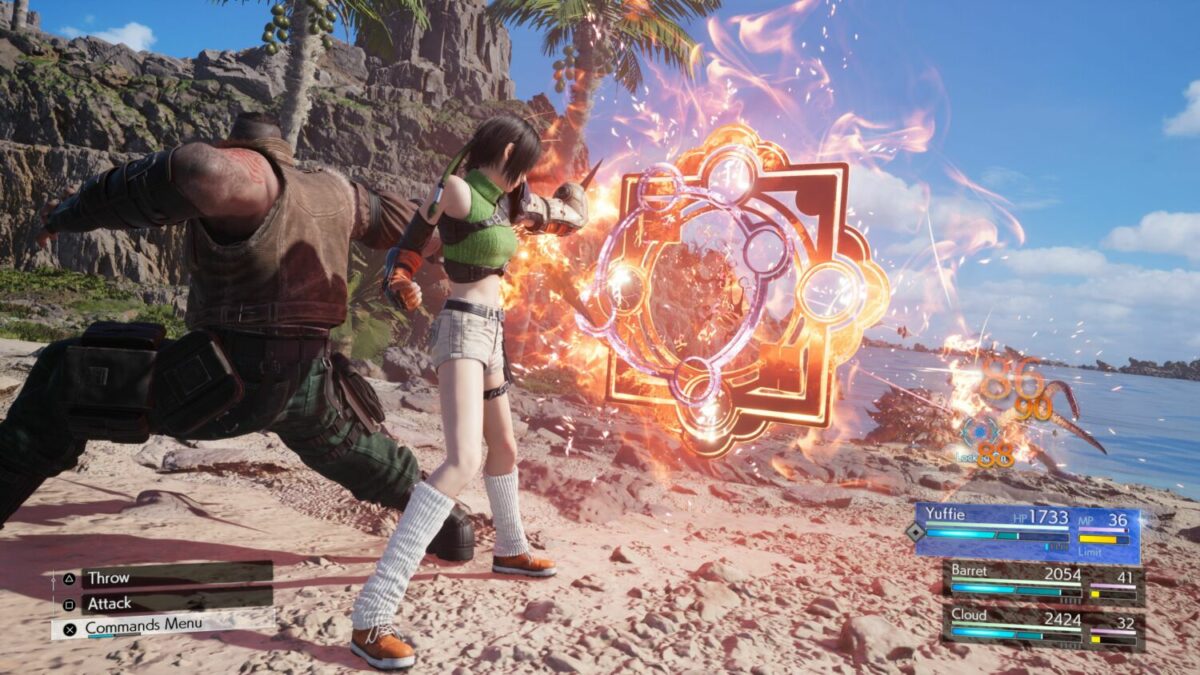
There’s a catch, however – they require a bit of technical proficiency, and players will have to interact with them based on different requirements, such as blocking an enemy attack at the right time. Depending on the skill, each of these actions will vary from one to another.
Then, there are the special abilities that work in the same way. Charged attacks, for instance, require individuals to hold down on a button and unleash the attack once the enemy’s in the right position, while others may involve launching opponents into the air, and following it up with aerial combos. Conversely, synergy abilities have more to do with menu-based, strategic gameplay, and use a special synergy gauge that needs to be filled up.
The spirit of elevating fundamentals and simultaneously respecting its roots is also conveyed through map exploration. The world is a lot bigger in Final Fantasy VII Rebirth, packing in nearly 100 hours of adventure, and connecting all the realms together.
“The main reason why we want to focus on exploration is because that’s the experience players have with the original Final Fantasy VII when they were out roaming,” said Hamaguchi, revealing that the first game faced some technical limitations with a smooth open-world integration.
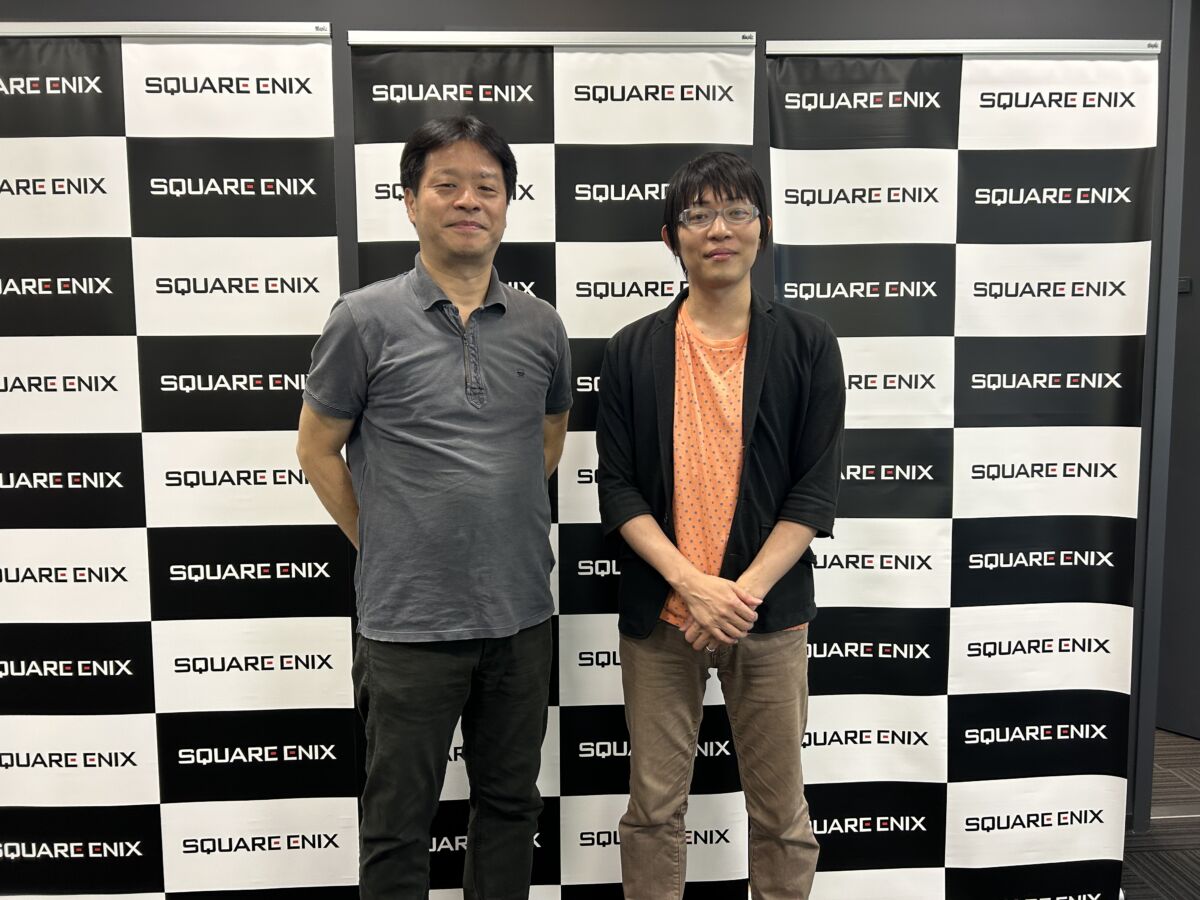
But that won’t be an issue here. The upcoming JRPG features a seamless map, where all the different continents, towns, and dungeons are all part of the same game space, allowing ease of travel between them. In Final Fantasy VII Remake, the navigation involves a multi-step structure; once a place of interest is found, a little icon will pop up, and players can transfer to a different map and progress as intended.
“It’d have been easier to create, say, a hub portal area where you select a map and travel there, before going to a different map, [but] we thought the approach really wouldn’t give you the feeling of scale of exploring this massive world,” he added. “We absolutely felt we had to make [the map] seamless in order to recreate that same fun and experience with the original game”.
It’s safe to say that much of the Final Fantasy VII Rebirth experience will retain the echoes of its past, even as it sports a shiny, brand-new sheen on the exterior. Cait Sith, a soon-to-be playable character, is set to bring some fresh gameplay mechanics to the field, but his skillset still revolves around random, luck-based elements, instead of being overhauled completely. Similarly, Red XIII – designed to be a melee-focused character that demands a balance between offense and defense – gets to tell his story and history through a visit to his hometown, Cosmo Canyon.
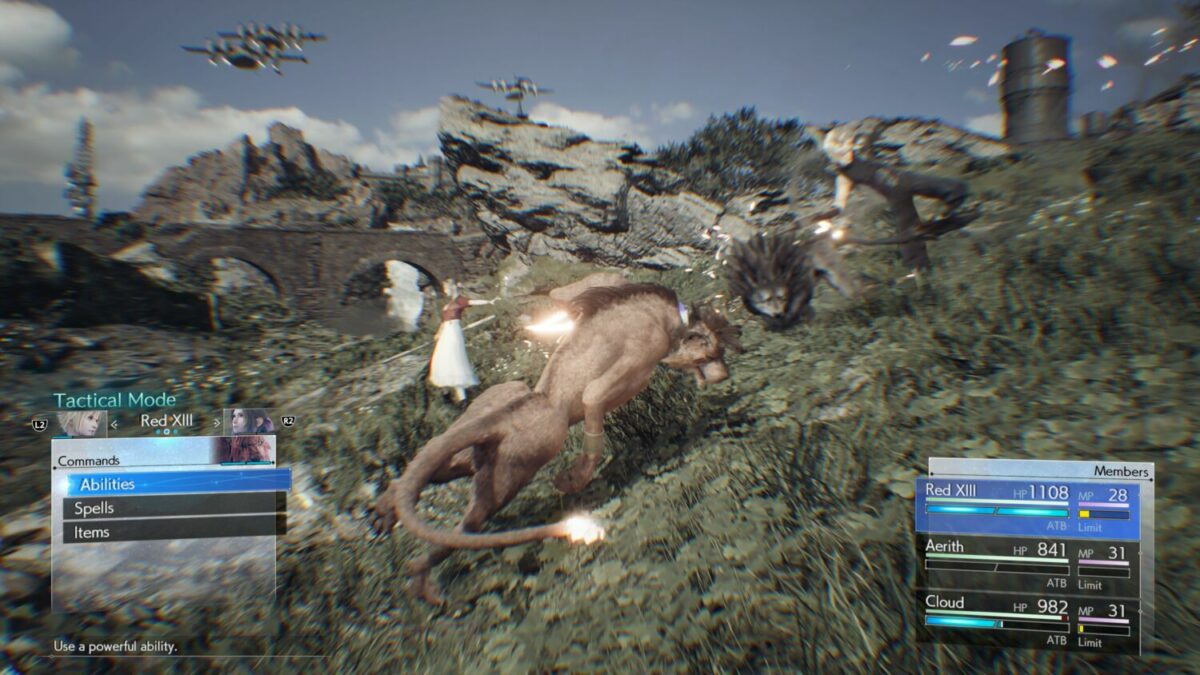
And here, unexpected glee continues to sprout from this blend of familiarity and novelty. While the sequel isn’t carrying over saved data from Final Fantasy VII Remake, it won’t relegate players to a starting level of zero. In a welcome nod to its classic counterpart, Hamaguchi confirmed a link between the player’s starting level and the events in the 1997 classic.
“We wanted to make each game also work as a standalone gameplay experience, so players who want to join the series from halfway through can do so without feeling left out. You’ll just have to start over and collect your stuff again, but what’s interesting here is that the level you start out in Rebirth is not zero or one. It’s based on the level players in the original Final Fantasy VII would be when they left Midgar, which is when Rebirth begins, so it’s aligned in that way,” revealed the Square Enix veteran.
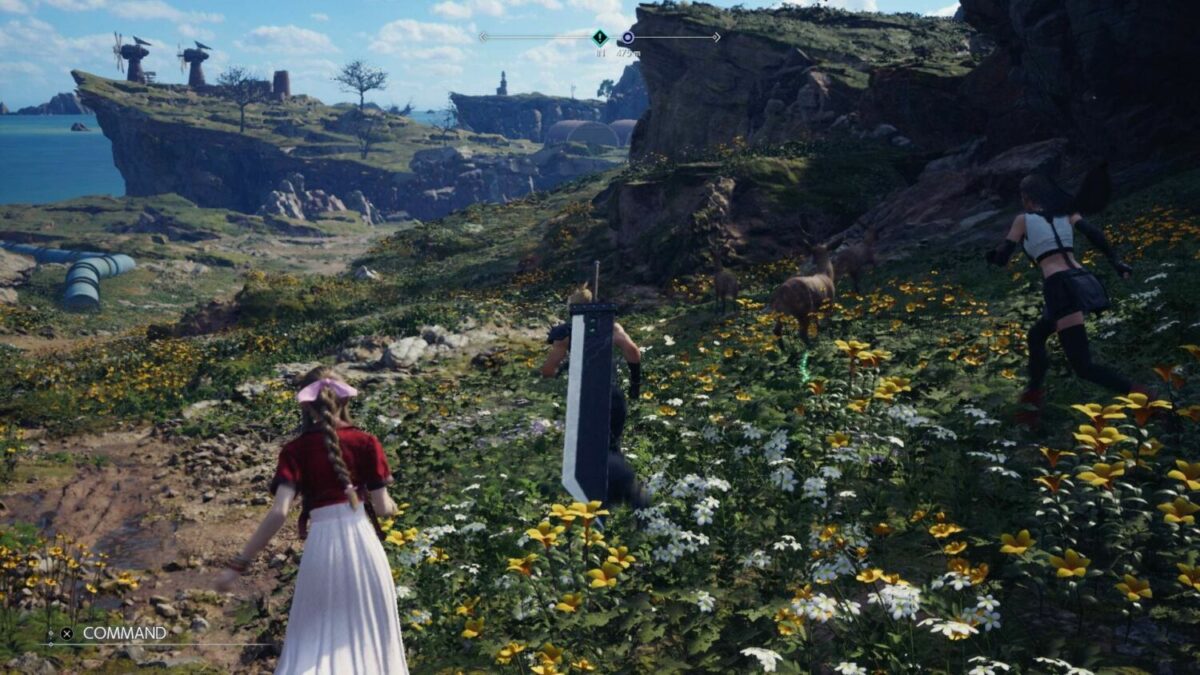
These intricate links, narratively or otherwise, are already in motion, and anticipation levels have only been on the rise. While the collision of past and present isn’t new by any stretch, Final Fantasy VII Remake proved it’s possible to almost perfectly capture the essence of both worlds. Whether the Final Fantasy VII trilogy can shatter expectations twice in a row remains to be seen, but if the trailer is any indicator, then fans are certainly in for a treat.
Final Fantasy VII Rebirth is launching 29 February 2024 on the PlayStation 5.


